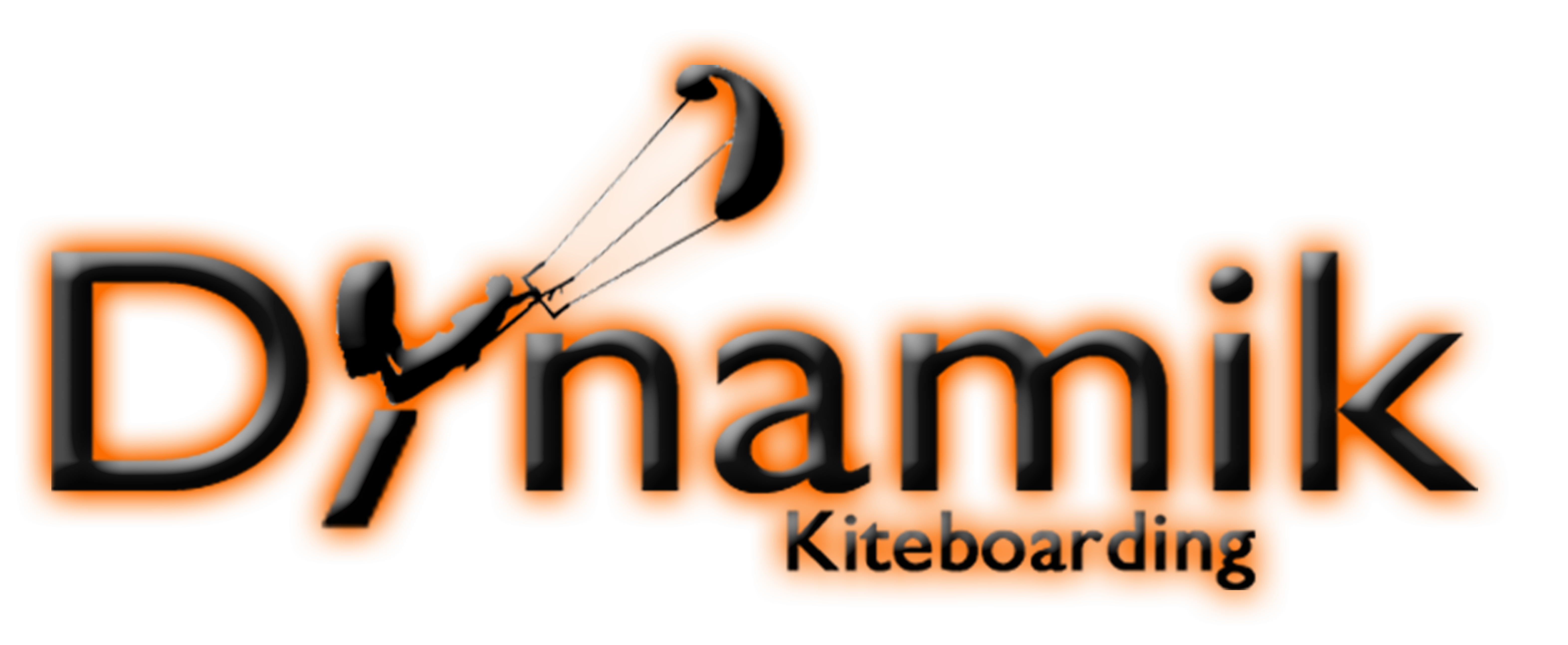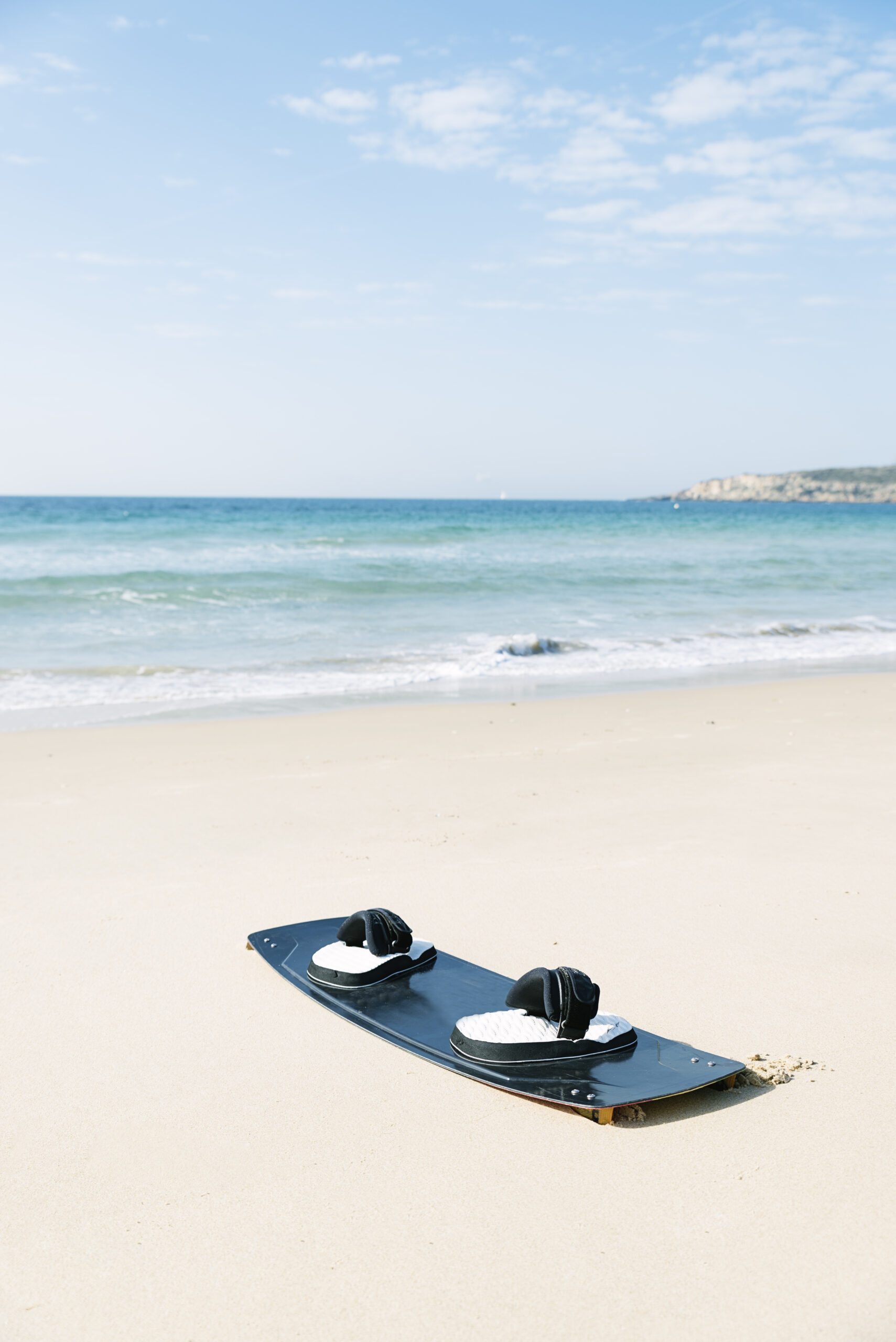Boards
| Boards | Kiteboarding Boards, Twin Tips, Directional, Foil | Commercial | The Best Kiteboarding Boards: Choose the Perfect Twin Tip, Directional, or Foil Board | Looking for the perfect kiteboarding board? We’ve got you covered. Check out our top picks for twin tip, directional, and foil boards to help you ride the waves and soar through the air like a pro. Trying to understand the different types of boards we use for kiting? Keep reading to see a breakdown of the three most common types of boards that we ride on the water. Twin Tip These look similar to a wakeboard but vary in a few important ways. Kiteboards tend to be thinner and have a bit more flex than a wakeboard. Kiters use the edge of the board to control both their speed and direction so the boards tend to be thinner with a defined edge. The flex in the board can help give you the ride you desire as well. A softer flex board is good for lighter riders and will give a softer ride to riders of any ability level. As the flex of the board gets stiffer, the board will ride faster, and the rider can be more aggressive in their riding style. The overall size of the board is also important. The more surface area the board has, the quicker the board planes on the surface and can thus be ridden in lighter winds. Smaller boards allow the rider to maintain more pressure on their board edge, and are generally used when the wind is higher allowing for greater control of their speed and direction. When you start jumping, the smaller boards also allow you to load a lot more pressure on your edge letting the rider pop off the water for more height. Along with the size of the board, the amount of rocker (how much curvature their is between the tip and tail) further allows the kiter to get the most out of their session. Flatter boards are often best on light wind days, and are found on the larger light wind, beginner oriented boards. More rocker will give you a bit of a less choppy, drier ride in the lake chop and is generally preferred for those who are looking for an aggressive ride. Most riders use foot straps on their twin tips. The foot straps are padded under foot, and usually have a velcro strap system that goes over the top of the foot. The foot strap can adjusted to the size and shape of a riders foot, and tightened to each kiters personal preference. Wake style boots can also be used on a twin tip, but are generally not beginner friendly. Surfboards Many kiters dream of riding waves of all sizes while kiting! The surfboard is the ideal tool for kitesurfing. Surfboards can be ridden with straps or strapless depending on your riding style. Strapless is a bit more difficult but is an awesome way to up your game and challenge yourself. Kite surfboards come in a variety of shapes and sizes. Most fall into the traditional surfboard shape or the newer snub nosed variety. The traditional shape allows for longer waterlines on the board and the standard surf feel while on the waves. The snub nose designs have a lower swing weight when jumping, reduce the board lemgth for traveling and are a bit more playful on lake waves that are generally smaller and closer together. Foil Boards Hydrofoiling is the latest entry into the kiting world. Foil boards and the associated hydrofoil wing have taken the sport by storm. Foiling is more difficult that either a twin tip or a surfboard, but opens up the lighter wind days like never before. The rider is on a board at the end of a 70 to 120cm mast with a wing on the bottom of the mast. Once the rider is out of the water and the wing lifts the board off the water you feel almost like you are flying! The ride is so smooth since the board is elevated off the water and the mast is slicing through the waves. The larger the wing, the more lift you have for light winds, learning or just cruising around. Many riders use the larger wings when foiling on the waves to get more power out of the waves allowing them to use a smaller, more responsive kite. Smaller wings allow the rider to go much faster and are great for jumping as well! With many sizes and shapes to the wings, the kiter can customize the wing to their own style or the conditions of the day. |

